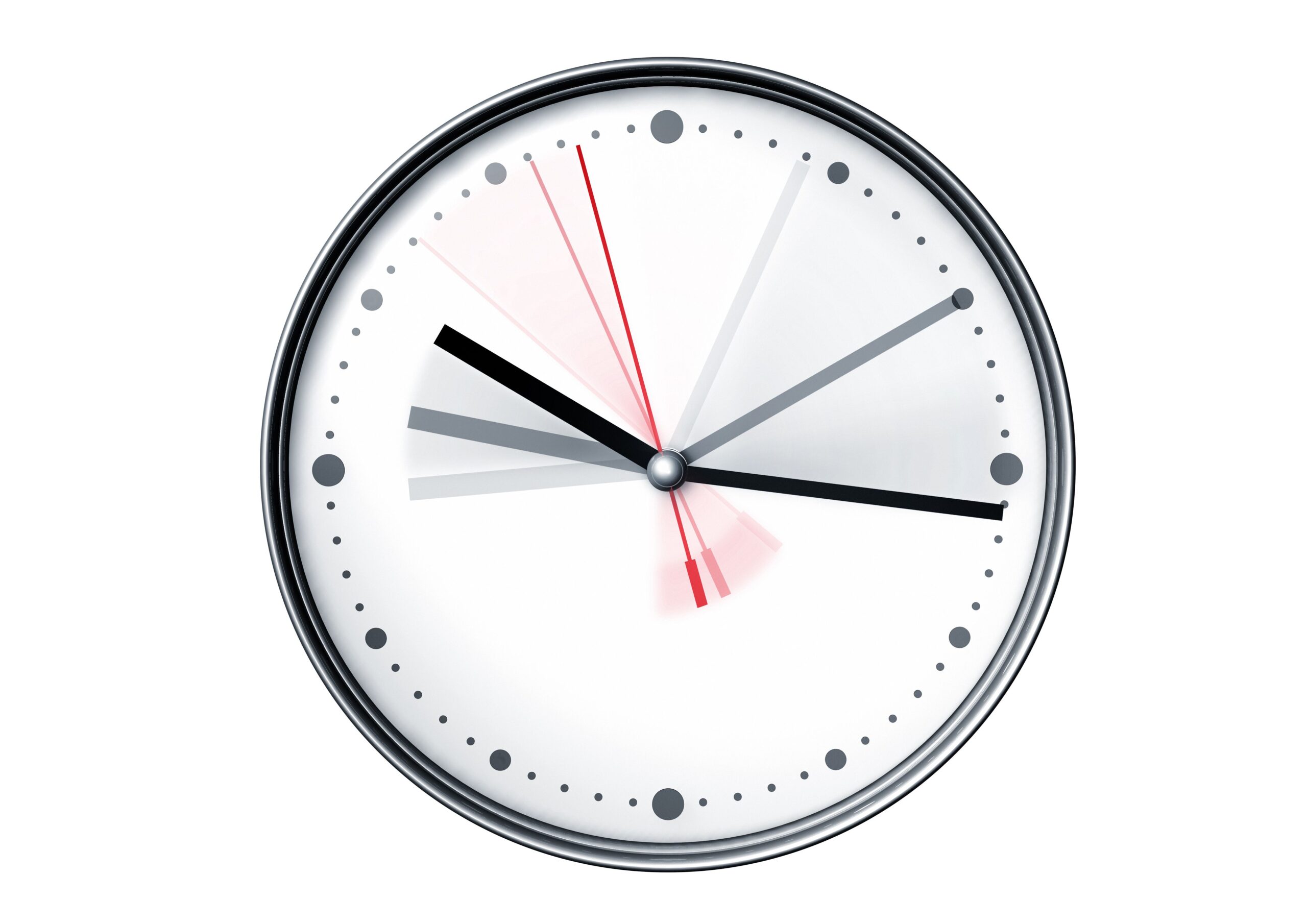Sports Coat vs. Suit Jacket: Key Differences, Style Guidance, and Practical Tips
Understanding the Distinction: Sports Coat vs. Suit Jacket
Building a versatile wardrobe requires knowing when and how to wear different types of jackets. Two of the most common, yet often confused, options are the sports coat and the suit jacket . While they may appear similar at first glance, several distinct features set them apart. Understanding these differences will help you dress appropriately for any event and create outfits with confidence and style.
Fabric and Construction: The Foundation of Difference
The most fundamental difference between a sports coat and a suit jacket is the fabric and construction :
Suit jackets are designed to be worn with matching trousers, forming a complete suit. They are typically crafted from worsted wool or other smooth, tightly woven fabrics. This creates a sleek, professional appearance ideal for business, formal events, or occasions requiring a polished look. The fabric is often darker and lacks heavy texture or patterns, emphasizing a sharp, clean silhouette. Design elements, such as the number of buttons or peak lapels, further enhance the suit jacket’s formality [1] .
Sports coats , by contrast, are made to be worn on their own, without matching pants. They showcase a wide range of fabrics, including tweed, flannel, cashmere, cotton, and linen . The materials are often more textured and feature patterns such as houndstooth, checks, windowpane, or herringbone. This variety signals a more casual, country-inspired style. Sports coats may also have patch pockets, less internal structure, and a looser fit compared to the sharper tailoring of suit jackets [3] [5] .
Formality: When to Wear Each
Suit jackets are the most formal of the two. They are intended for settings where a coordinated, professional appearance is expected, such as business meetings, formal events, interviews, and weddings. Wearing a suit jacket without its matching trousers is generally considered a fashion misstep, as it breaks the intended symmetry and polish of the suit [2] .
Sports coats are more versatile and casual. Originally designed for outdoor activities like hunting in the British countryside, they are now ideal for smart-casual settings, business-casual offices, dinners, or weekend events where formality is not strictly required. They allow for mixing and matching with different trousers, jeans, or even chinos, providing more opportunities for personal expression and comfort [3] [5] .
Design Details: Buttons, Pockets, and Lapels
Several design elements further distinguish sports coats from suit jackets:
-
Pockets:
Suit jackets typically feature
flap
or
jetted pockets
, maintaining a formal look. Sports coats often have
patch pockets
, which are sewn onto the outside and add a relaxed vibe [3] . - Buttons: Suit jackets usually have classic button arrangements (one, two, or three), while sports coats may have more variety, reflecting their casual nature [1] .
- Lapels: Peak lapels are more common on suit jackets, adding formality, while sports coats usually have notch lapels. Some sports coats may experiment with bolder lapel styles or even contrasting stitching [5] .
- Structure: Suit jackets typically have more padding and stiffer canvassing to create a sculpted look. Sports coats often feature softer shoulders and less structure, contributing to a relaxed fit and comfort [3] .
Practical Guidance: Choosing the Right Jacket
When deciding between a sports coat and a suit jacket, consider the following steps:
- Assess the Occasion: For business, formal settings, or events requiring a dress code, opt for a suit jacket and matching trousers. For casual meetings, dinners, or creative workplaces, a sports coat offers flexibility and style.
- Evaluate Your Wardrobe: Sports coats provide more mix-and-match options. If you want to maximize outfit combinations, start with a textured, neutral sports coat and pair it with different pants. If you need to appear put-together and formal, invest in a classic suit.
- Fit and Comfort: Try on both jacket types to assess fit in the shoulders and chest. Remember, suit jackets are meant to fit precisely, while sports coats allow a bit more room for layering.
- Maintenance: Both jacket types should be dry cleaned sparingly to preserve the fabric. Store them on wide hangers and use garment bags for travel. Sports coats, because of their textured fabrics, may require a lint brush or occasional steaming to maintain their appearance.
Real-World Examples and Usage Scenarios
Business Scenario: If you are attending a job interview or a board meeting, a navy or charcoal suit jacket with matching pants is the safest and most professional choice. Pair it with a crisp dress shirt, tie, and leather shoes for maximum impact.
Smart-Casual Gathering: For a weekend brunch, dinner party, or creative workplace, a patterned tweed or checked sports coat with chinos or dark jeans can offer sophistication without being overly formal. It allows you to express personality through color and pattern while remaining well-dressed.
Travel and Versatility: When packing for travel, a sports coat provides more outfit combinations, as you can pair it with various trousers and shirts for different looks. This flexibility makes it a favorite for those who want style options without overpacking.
Potential Challenges and Solutions
Avoiding Fashion Mistakes: One of the most common errors is wearing a suit jacket as a standalone blazer or sports coat. Because the fabric and construction are designed to be worn as part of a suit, this can appear mismatched. Always keep suit jackets paired with their intended trousers to maintain a coherent look [2] .
Choosing the Right Fabric: For those new to sports coats, starting with a neutral color and subtle pattern is wise. This makes coordination easier. If you are unsure about fabric care, consult with professional cleaners familiar with tailored garments.
Fit Issues: Both types of jackets benefit from tailoring. If off-the-rack options do not fit perfectly, take them to a reputable tailor for adjustments, ensuring comfort and appearance.
Alternative Approaches and Styling Tips
Layering: Sports coats can be dressed up or down. Layer with a turtleneck or sweater for cold weather, or wear over a lightweight shirt for warmer days. For suit jackets, stick to formal dress shirts and ties.
Mixing Patterns and Colors: Sports coats allow for more creativity with shirts, ties, and pocket squares. Embrace contrast, but aim for balance. For suit jackets, maintain a consistent, understated look by matching accessories and avoiding clashing patterns.
Care and Longevity: To keep your jackets in top condition, brush regularly with a garment brush, air them out after wearing, and rotate between jackets to prevent excessive wear. Store them in a cool, dry place and have them professionally pressed when needed.

Source: rawpixel.com
How to Shop for Sports Coats and Suit Jackets
If you wish to purchase either type of jacket, consider the following steps:
- Visit reputable menswear retailers or department stores for a wide selection. Seek out brands known for quality tailoring and fabric selection.
- Consult with in-store experts or personal clothiers who can assess your fit and style preferences. Many retailers offer complimentary consultations and alterations.
- Try on several sizes and styles, paying attention to shoulder fit, sleeve length, and overall silhouette.
- Request fabric swatches if available, and don’t hesitate to ask about care instructions for each material.
You may also search online for “men’s sports coats,” “men’s suit jackets,” or “tailored menswear” to find current styles and pricing from established retailers. When purchasing online, review sizing guides and return policies carefully to ensure the best fit.

Source: depositphotos.com
Summary of Key Takeaways
The sports coat and suit jacket serve different purposes in a man’s wardrobe. Suit jackets are formal, matched with their own trousers, and constructed from smooth, professional fabrics. Sports coats are more casual, versatile, and designed for mix-and-match dressing with a variety of textures and patterns. Knowing when and how to wear each will help you present your best self, whether in business or leisure settings.
References
- [1] Articles of Style (2024). What’s the Difference Between a Suit Jacket and Sportcoat?
- [2] Tom James (2019). The Difference Between a Sport Coat, Blazer, and Suit Coat.
- [3] Gentleman’s Gazette (2020). Suit Jackets, Sport Coats, And Blazers: What’s The Difference?
- [4] Henry A. Davidsen (2025). The Difference Between Suits, Sport Coats, & Blazers.



